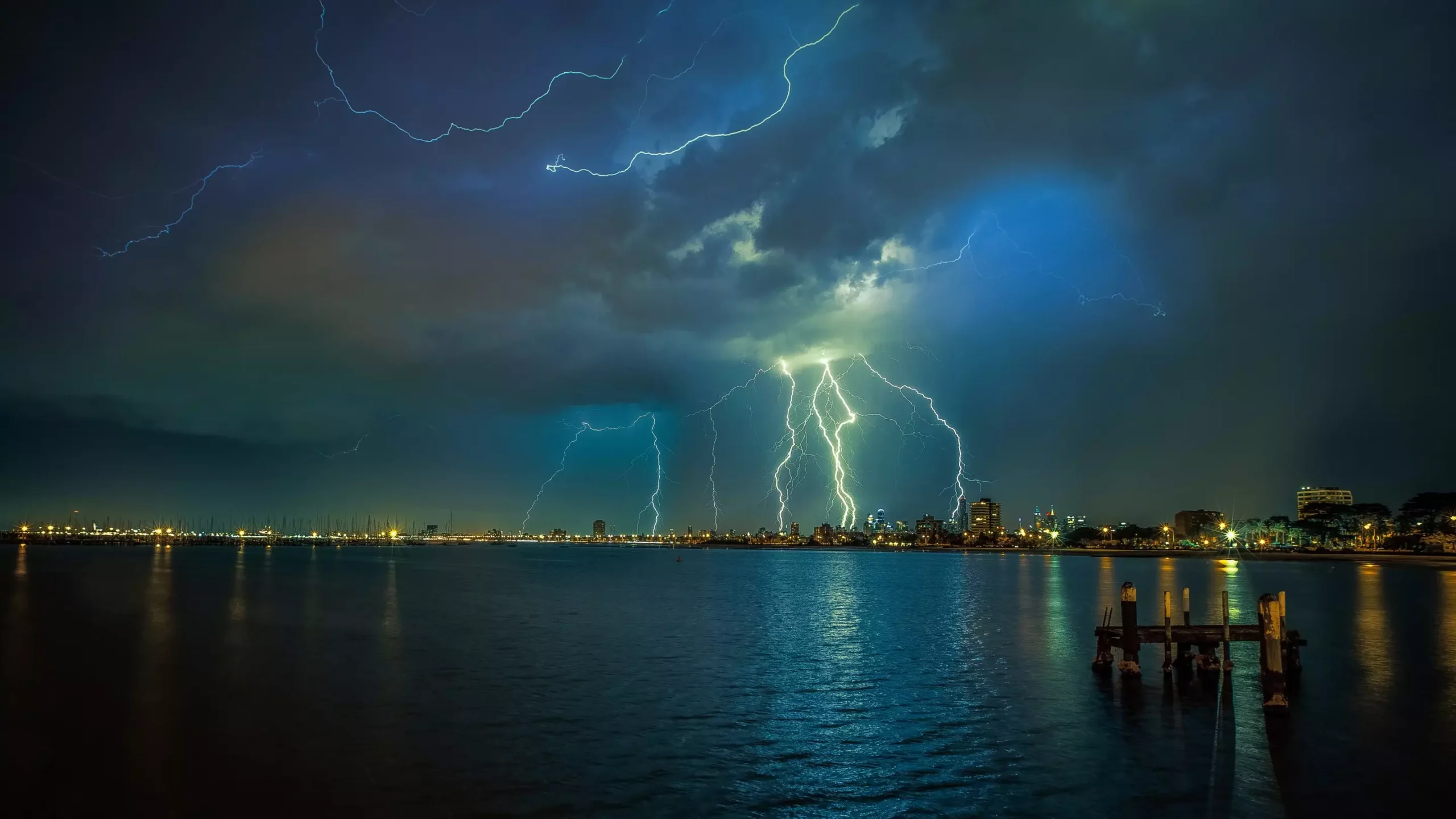Air pollution has long been recognized as a significant environmental issue, but recent findings from a study at James Madison University shed light on its role in intensifying summer thunderstorms. This research highlights an alarming connection: the presence of pollutants in the atmosphere is not merely detrimental to air quality but also impacts weather events, specifically the electrical activity within thunderstorms. The study indicates that pollutants serve as cloud condensation nuclei, which facilitates the formation of precipitation and influences the electrical dynamics within storm systems.
Led by geography professor Mace Bentley, the study involved rigorous analysis over three years, during which nearly 500,000 thunderstorms were scrutinized across two major urban regions: Washington, D.C., and Kansas City. Researchers utilized comprehensive lightning data sourced from the National Lightning Detection Network alongside detailed information from numerous air quality monitoring stations. The significant finding was the correlation between high pollution levels and an increase in lightning strikes, particularly in conditions of heightened atmospheric instability. Bentley notes, “In environments with high instability, adding more pollution increases cloud-to-ground lightning strikes.” This insight is particularly concerning as it suggests that urban areas with poor air quality could see a rise in storm intensity due to human activity.
Bentley’s ongoing research extends beyond American cities to Bangkok, Thailand, a city grappling with severe pollution and unique climatic conditions. Preliminary findings indicate that the phenomenon observed in U.S. cities may be exacerbated in Bangkok, with even higher lightning rates during storms. Bentley’s assertion that “urban pollution is capable of enhancing thunderstorms and lightning” transcends geographical boundaries, suggesting a global pattern where air quality degradation affects weather phenomena regardless of location.
The implications of this research are profound, particularly for urban planning and public safety. With the increasing frequency and severity of thunderstorms anticipated in polluted areas, policymakers must consider strategies to mitigate air pollution as a means of reducing the potential dangers associated with extreme weather. Enhanced regulations on emissions, coupled with public awareness campaigns about the link between air quality and severe weather events, could help communities prepare for and respond to the heightened risks.
As climate change continues to reshape weather patterns worldwide, the relationship between air pollution and summer thunderstorms serves as a crucial reminder of the intersections between environmental health and public safety. The evidence presented by Bentley and his colleagues denotes an urgent call to action for communities globally. Efforts to reduce air pollution must become a priority not just for improving air quality, but also for addressing the increasingly intense weather events that threaten lives and property. The fight against urban pollution has far-reaching consequences, extending into the very fabric of our climate systems and the safety of future generations.

